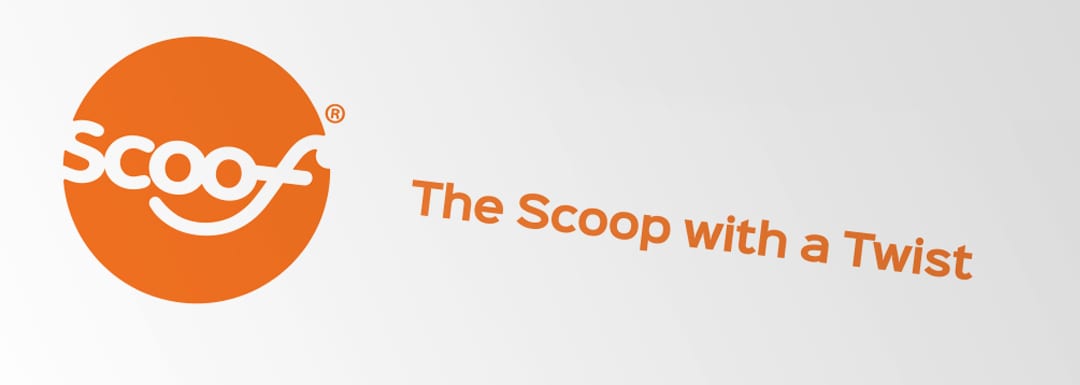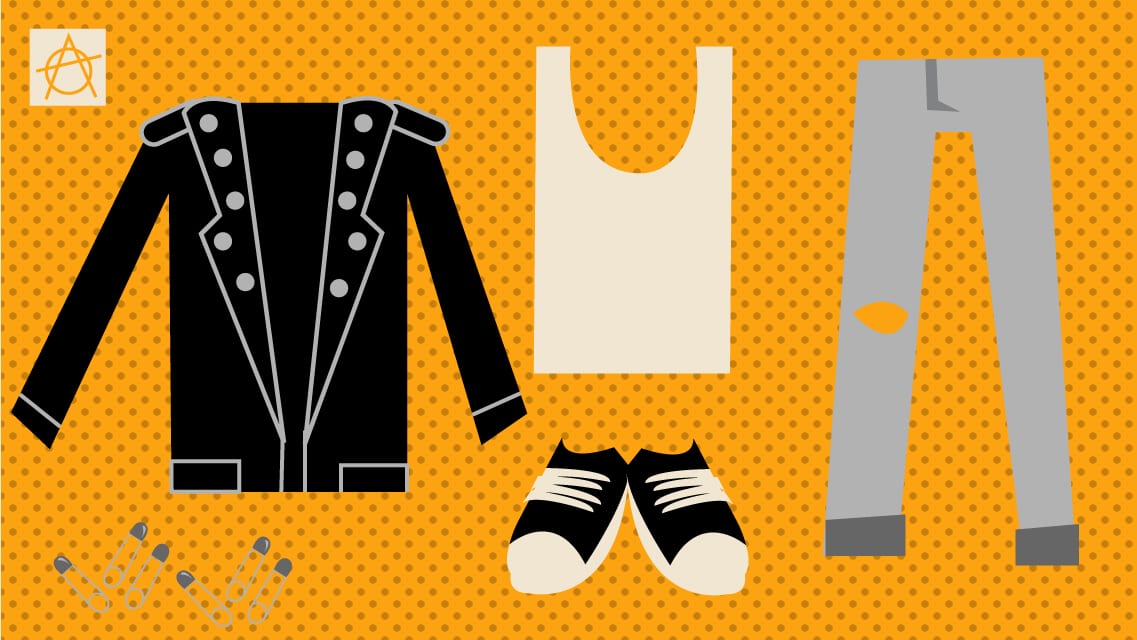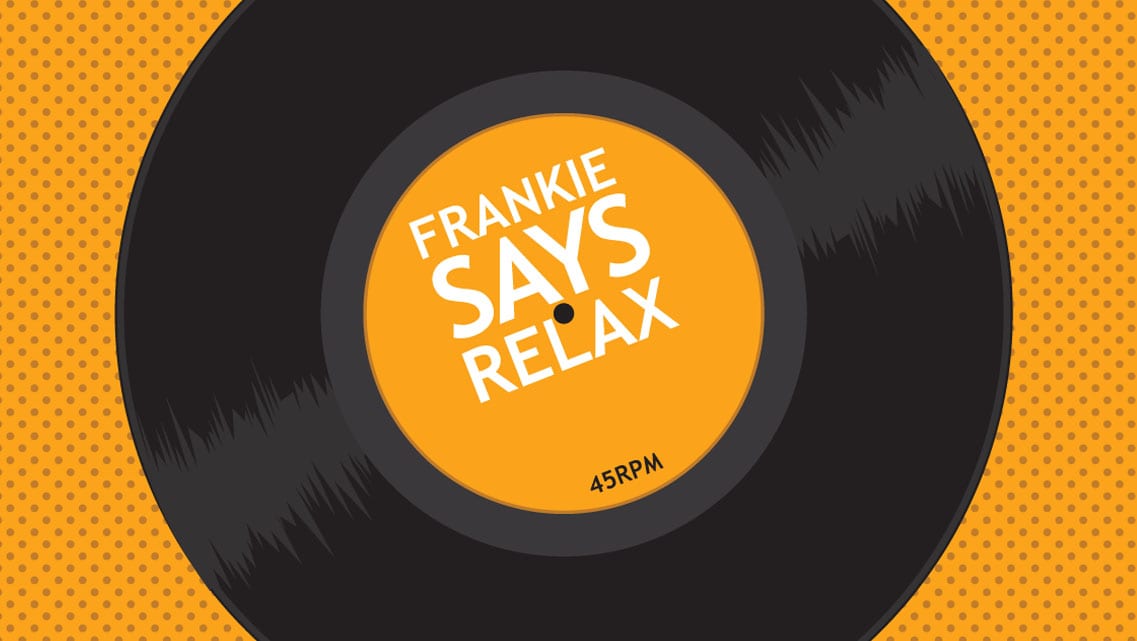In this digital day and age, intellectual property is something we all need to be aware of. From the images we use in our documents, to what happens to our branding when enters the ether that is the internet, we need to be aware of what we should and shouldn’t do.
Our definition of intellectual property is the intangible property that is the result of creativity, such as patents, copyrights etc. IP rights is a vast and complicated subject (and Puur is not a firm of lawyers). So for this post, we’ll try and keep it simple (if you’d like more help, speak to an expert). The big thing that you need to know though is that the infringement of trade marks and copyrights can be a criminal offence and as such can be actionable in civil law.
the infringement of trade marks and copyrights can be a criminal offence and as such can be actionable in civil law.
So what can be covered by intellectual property rights?
In very simple terms various different IP rights (with differing legal protections) usually protect original works of artistic or literary works. To give you an idea of what can be covered here is a quick run down of what is usually covered (though not an exhaustive list by any means): Artistic can be anything from a drawing or painting, a piece of graphic design or a broadcast or video programme to a sound recording, dramatic performance, a dance or even an invention. Literary could be a book, a script for a play or a poem. It could be a music score, a computer program or even a database (under ‘database right’).
There are a number of different levels of protection, though the main ones are ‘copyright’ (©), ‘trade mark’ (TM), ‘service mark’ (SM – mainly American based companies), ‘registered trade mark’ (®) and Patents.
Today you can see ‘©’ everywhere. From ‘terms and conditions’ documents to the money in your pocket to labels on your lunch time snack, ‘©’ has become ubiquitous.
copyright is ‘the exclusive and assignable legal right, given to the originator for a fixed number of years, to print, publish, perform, film, or record literary, artistic, or musical material.’
From the Oxford Dictionary
What does copyright mean and how can it protect me?
The dictionary says that copyright is ‘the exclusive and assignable legal right, given to the originator for a fixed number of years, to print, publish, perform, film, or record literary, artistic, or musical material.’. For work to be protected by copyright law it needs to be both original and tangible.
- Original, eg it must be the product of your own skill and labour or intellectual creation and should not just be a copy of an already existing piece.
- Tangible This means that it can’t just be an idea you’ve had (like: I’ve got a great idea for a thing called a teleporter). Your idea is only protected by copyright from the moment you create it.
Every original piece of eligible work is automatically covered (for a list of what is and isn’t covered have a look here). Even though your work is automatically covered, for work that is ‘critical’, it is worth ensuring that you can prove when you created the work especially as there is no register of copyright works in the UK. The important thing is that the work is properly marked (ie copyright ©2019 owners name) and to be able to provide verifiable proof of the date you produced your work (the finished work). This can be done through a copyright registration service or by other means, depending on the nature of the work.
We’ve also been using the virtual office service from Virtually There recently because we needed the extra privacy, and they’ve been fantastic, so check them out if you need a virtual office service.
Copyright is also something that lasts. However, not for ever. For instance in a lot of countries copyright lasts a minimum of 50 years after the authors death for most types of written, dramatic and artistic works. For other types of work it can be longer or shorter, it’s best to check.
You may have seen ‘TM’ on any number of ‘logos’ or ‘brand marks’ in your day to day life, but what does it mean and how does it protect?
Trade mark or Service mark
The abbreviation ‘TM’ used in conjunction with a ‘logo’ or ‘brand mark’ in the UK to indicate that a company/business or organisation is trading under a unique word, symbol or combination of both, which it is currently unregistered. The ‘SM’ is an American construct created to denote service marks, or marks specifically represent companies and businesses that supply services.
Though unregistered does not mean completely unprotected. When you use ‘TM’ or ‘SM’ symbols in conjunction with your branding, you notify everyone of your ownership of the specific visual identity and in turn your branding rights to that particular mark. Although ‘TM’ this has no legal power as such it does dissuade others from creating the same or similar mark to use within a similar area of products or services. This can (and hopefully does) discourage unwitting infringements.
Although ‘TM’ this has no legal power as such it does dissuade others from creating the same or similar mark to use within a similar area of products or services.
Your trade mark is exactly what it says, it is the mark under which you trade. With this in mind, if a peer organisation does copy your branding, it can cause confusion with your customers and ultimately disrupt your business. For branding which is more imperative to business (for instance product branding or bespoke packaging design), we would suggest thinking about registration ‘®’.

What is a registered trade mark?
A registered trade mark is a process which once undergone, protects your registered brand if someone uses it without permission. A registered trade mark allows you to take legal action if a third party infringes these rights. As well as this it can also give you the wherewithal to sell or license your brand. Your trade mark must be something unique, and it must be either:
- Words, eg ‘Scoof’
- ‘Logos’ or Symbols, eg the ‘Helios’ symbol for BP
- Colours, eg the red sole of Christian Louboutin shoes
- Sounds, eg the Intel audio ‘mnemonic’
- A combination of the above
Registering a trade mark is a legal process, which can take time and is best handled by a patent and trade mark lawyer. Details of the process in the UK can be found here.
Just so you know, using ‘®’ incorrectly can cause problems in itself. Using a registered symbol incorrectly within the EU (if you’re mark is not registered within that country) could be seen as misleading advertising under the law of an EU nation. The ‘®’ symbol stands registered and at the time you register it you define the nations you register it. You cannot use the ‘®’ symbol for pending registrations, or registrations not applied for. If you use the ‘®’ symbol when your trademark is not registered, there can be legal consequences.
If you use the ‘®’ symbol when your trademark is not registered, there can be legal consequences.
The last area to talk about is patents
A patent is for an unique invention, granted by government to the inventor. It gives the inventor the right to stop others, from making, using or selling their invention without permission. The period of time and the geographic coverage are both limited. For an invention to patentable it needs to be:
- Original, eg something that no one has ever seen working before anywhere in the world.
- It must be inventive, eg it wouldn’t be something anyone could do if they knew the area of the invention well.
- Be reproducible in industry, eg an invention must be able to be made.
A patent, in very basic terms, gives an inventor the right to stop others from using their unique and original inventions. It gives you the right to take legal action against people who do try and infringe on those inventions allowing an inventor to claim damages. However, it is up to the owner of the patent to police their own patent and take action once it is infringed upon. Ideas can only be patented before they are in the public domain (otherwise anyone could patent the invention of someone else). With this in mind any inventor ideas should be kept confidential until it is filed at the appropriate patent office.
What is ‘Patent pending’?
‘Patent pending’ or ‘patent applied for’ are legal terms that can be used 24 hours after the actual patent application has been started for an invention. This wording is used up until the patent is actually issued or the application is abandoned. The words ‘Patent Pending’ are used to notify the product’s audience that any infringements will come with legal consequences and will most likely be liable to financial penalties. The pending stage lasts 18 months after filing. Patents being granted is not a certainty, in fact only one in every twenty applications are granted (without professional help). Once granted a patent can then be maintained for up to 20 years from the initial filing date.
Here at Puur, every element of work we deliver is unique, we ensure that the work we do for our clients is bespoke to their needs. Creativity, craftsmanship and the attention to detail are at our core. Our decades of experience from both sides of the design ‘fence’ gives us a basic understanding of all things IP, we can give basic advice, but we’ll always advise speaking to an expert when it comes to details.











1 Comment. Leave new
Hello thanks so much for speaking about this side of working in digital.